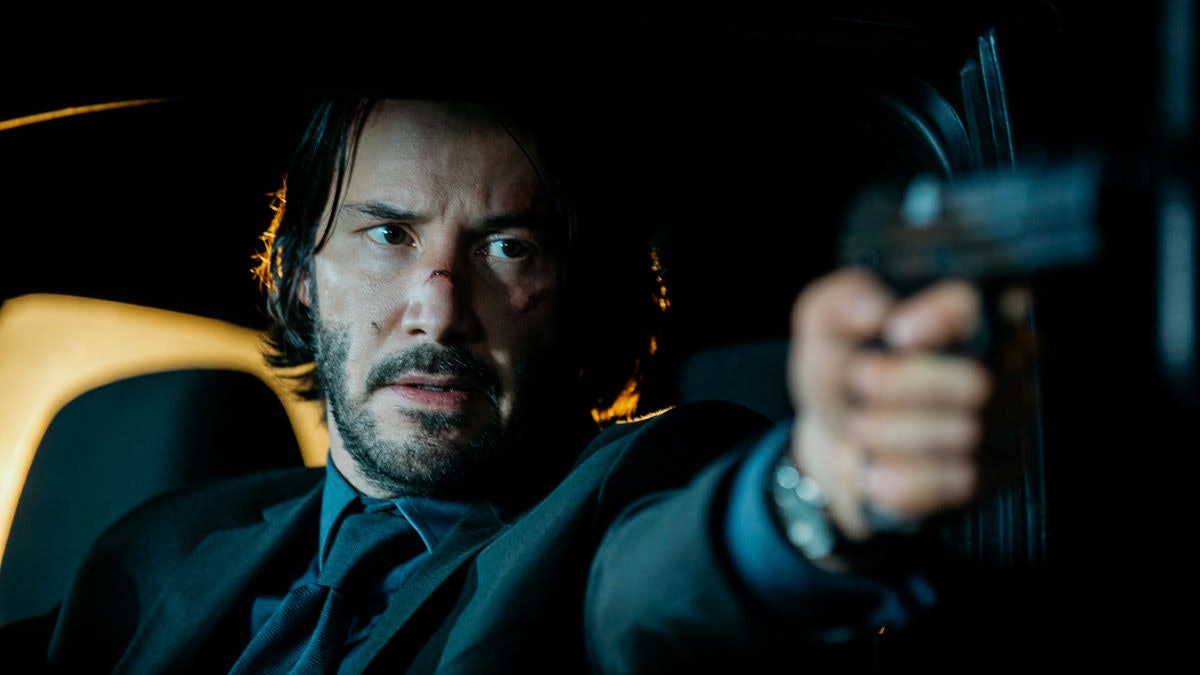
“No, we had no plan.”
Chad Stahelski leans back to reflect back on that moment, 10 years ago, when he unleashed John Wick on the world. Even after four movies, a spinoff show, and a franchise that’s changed Hollywood in ways he never imagined possible, it’s clear Stahelski still can’t believe he ever made it past the original film.
“We were just trying to do one little movie, and honestly, we thought about 60 percent of the movie we had failed on,” Stahelski tells Inverse. “It wasn’t until Fantastic Fest where everybody went crazy in the audience, and we had some offers to buy, that we figured it out, and even then, we were like, ‘Dodged a bullet.’”
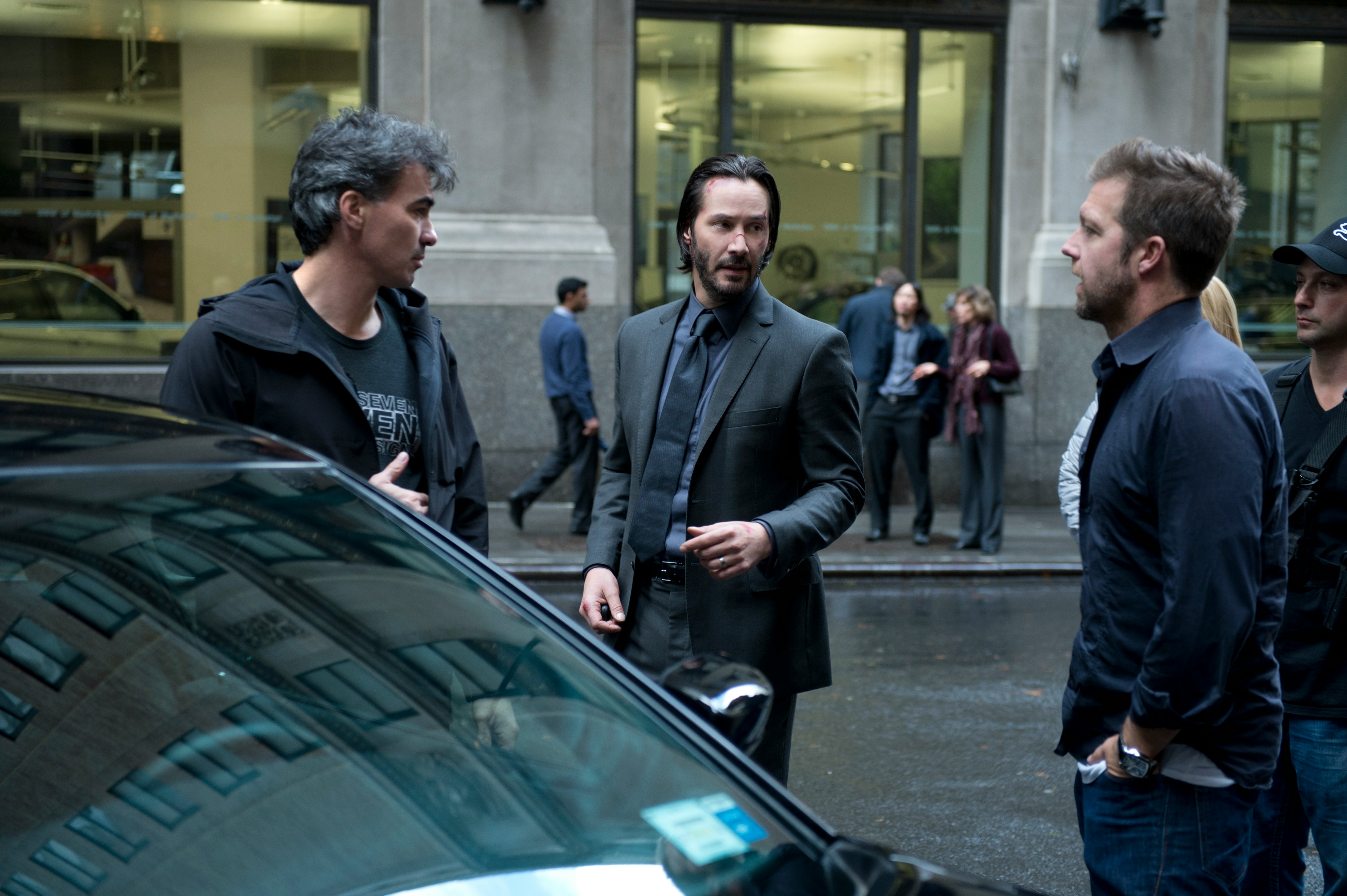
On Oct. 24, 2014, a boy and his dog changed action cinema forever. OK, perhaps that’s simplifying it just a touch, but at its essence, John Wick is a revenge story predicated on the brutal murder of a man’s dog. That man, an assassin played by Keanu Reeves, and his odyssey of vengeance would captivate audiences, turning a low-budget action flick into one of the most popular franchises we have today. With humble beginnings, no one, not even the people most responsible for bringing John Wick to screen, could have envisioned its success or scope.
Executive producer Erica Lee always thought John Wick was a risk. Not only was it an independent film with little money and no distribution, but it was also in the hands of two first-time directors: Stahelski and David Leitch.
“We knew the movie was cool,” Lee says, “but the fact that we are here 10 years later and making spinoffs and TV sequels and comic books… There’s a pinball machine! It’s wild.”
Humble Beginnings
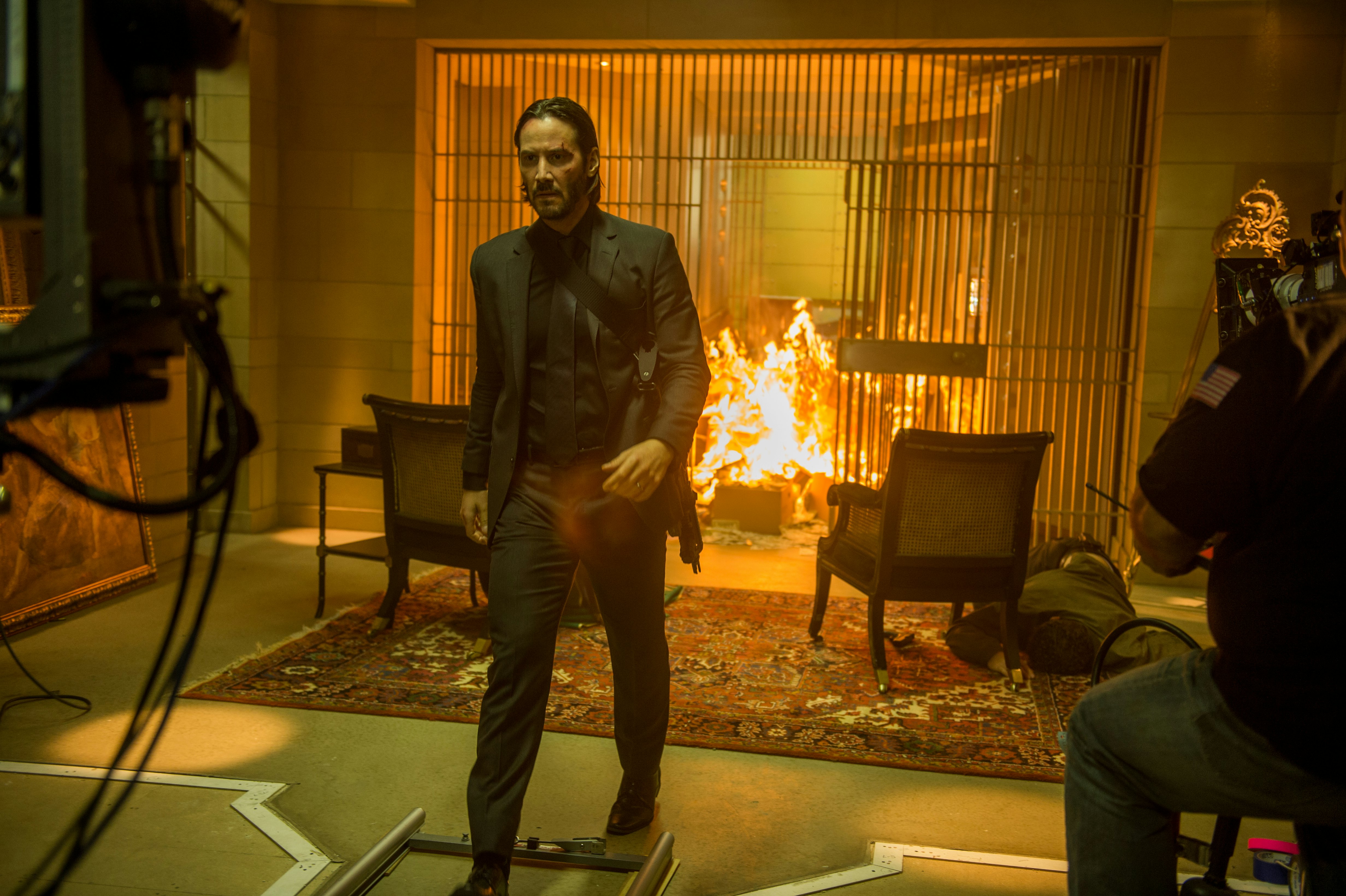
A fresh script is everything, and Wick certainly had an angle thanks to screenwriter Derek Kolstad. It’s one thing to kill a partner or even a family. A dog, though? That’s as primal as it gets. That’s man’s best friend.
“A lot of action movies have a way in that isn’t really applicable to guys like you and I or most people,” says producer Basil Iwanyk. “‘I’m a police officer, somebody killed my partner, I’m going after that. Cartels killed my family. I’m going after them. I was a special forces person in Afghanistan, and I was betrayed.’ That's not that universal, right? This idea was so simple. That dog was killed. I thought that that was just really simple and emotional.”
But even that ingenious premise was never a given. “The studio didn't want us to kill the dog,” reveals co-director David Leitch. “It's bad luck, it's bad juju. Nobody wants to see Old Yeller.”
“When you have Keanu Reeves holding up that dog and he’s staring the dog in the eye, you’re like, ‘Holy sh*t. I’m in.’”
It’s one thing to write a sympathetic lead, it’s another entirely to cast the right man to play him. Because early iterations of the scripts had Wick skewing older, names like Harrison Ford and Clint Eastwood were bandied about. As Wick got younger with each draft, Iwanyk, Reeves’ agent at the time, brought him the script. Reeves, especially in the early 2010s, was seen as a risk. More than a decade after Speed and the Matrix, he was looking for something fresh. He’d just starred in 47 Ronin and wasn’t happy with how it turned out. As he latched on to the emotional center of the script and found the criminal underworld aspect of it all thrilling, John Wick was an easy sell for the star.
Today, it’s almost impossible to imagine anyone else as the avenging assassin. Reeves brings an innate humanity to the character, imbuing him with sadness. He’s also an action star who gave so much of himself in the past, and here he was, reminding us just who the hell he was. That immortal “Yeah, I’m thinking I’m back” wasn’t just a cool one-liner; Keanu was announcing his return.
“Do I think the Wick franchise could have worked with 85 percent of other movie stars who are incredible in action?” asks Iwanyk. “No. When you have Keanu Reeves holding up that dog and he’s staring the dog in the eye, you’re like, ‘Holy sh*t. I’m in.’”
The Rise of the Stunt-Pro-Turned-Director
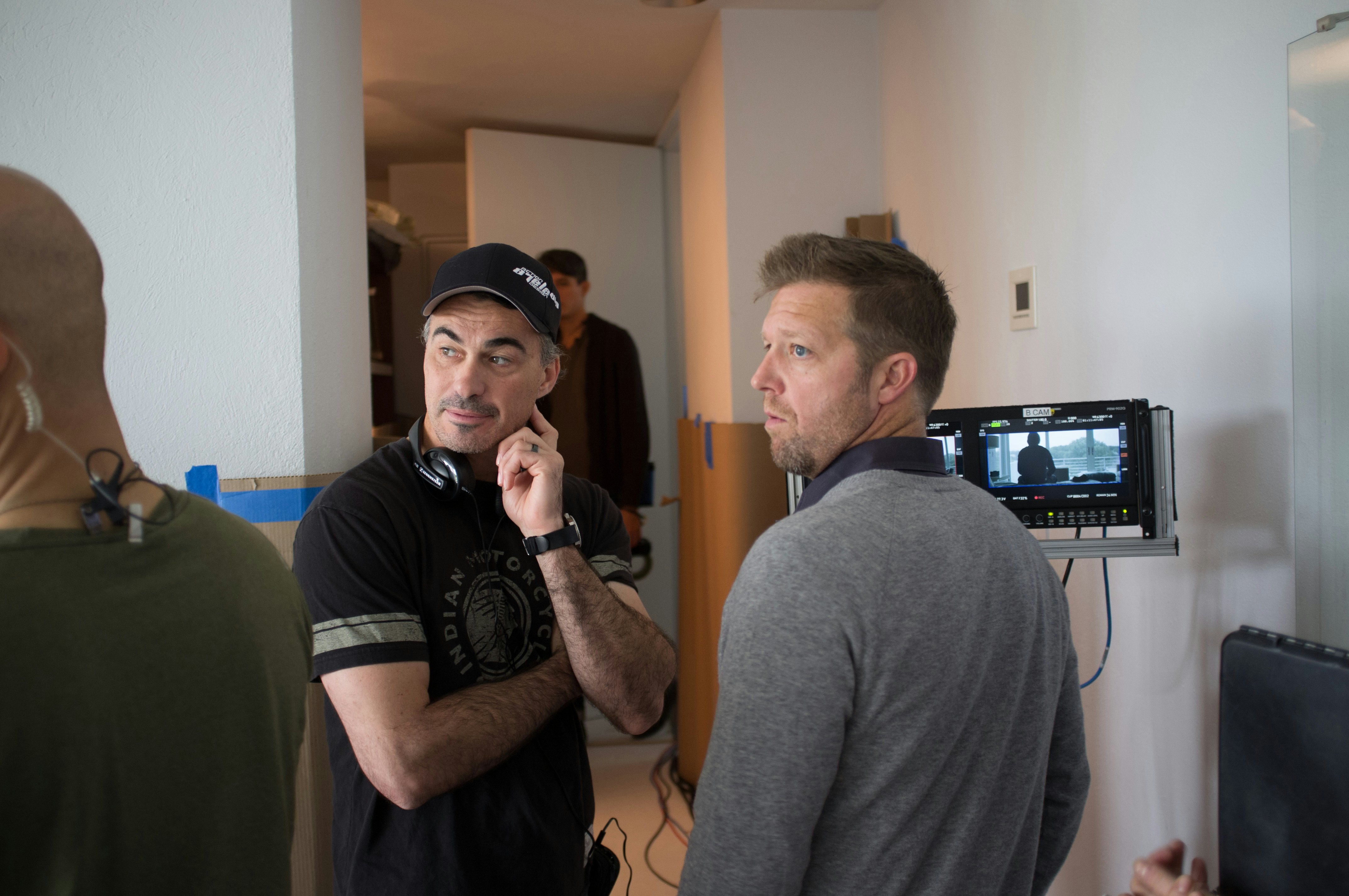
With Reeves on board, the last missing piece was the director. They may be two of the biggest action directors on the planet at this point, but it’s easy to forget that Chad Stahelski and David Leitch weren’t always tied to John Wick. In fact, it was very much the opposite. As the film went through various permutations and Iwanyk shopped the idea around, it was Reeves who brought the script to Stahelski, who had worked as Reeves’ stuntman and stunt coordinator on the Matrix films. Stahelski had plenty of experience shooting second-unit footage, but he’d never directed a movie before.
At first, Reeves just asked Stahelski to look at the script, which was very different from the final version. “I think John Wick killed four people, and that was it,” Stahelski recalls. “It was a very different kind of script.” But when they got on the phone, Reeves dropped a bombshell: He asked his former stuntman to direct. “I was like, ‘Oh, f*ck. OK, let me think about that for a sec.’”
While they certainly weren’t the first stuntmen turned coordinators turned directors, Stahelski and Leitch (who ended up going uncredited on the first film due to DGA rules) have set the standard in modern action filmmaking. So much so that they each have their own companies specializing in action, with Stahelski’s 87Eleven Entertainment, an action design company, and Leitch’s 87North, a production company.

In a post-Wick world, guys like Sam Hargrave (the Extraction series) and J.J. Perry (Killer’s Game) have been touted for their skills in the stunt game and hired explicitly for that reason. John Wick and the success of its sequels were a watershed moment for this sort of thinking from Hollywood execs. Before then, it wasn’t a given that the director of a major action movie would have a passion or knowledge for the work that goes into it.
For Stahelski, stunts and action should be a department like any other on set, and any filmmaker worth their salt would do well to study the craft and find the best people possible for the job.
“Do you think the Wachowskis knew about kung fu and how to shoot it before the first Matrix?” he asks. “No, they were like, ‘F*ck it, we don’t know what's best.’ Even now, I’m supposed to be the martial arts action guy. As we’re prepping our next film, Highlander, I’m bringing in stunt teams, stunt experts, and other action designers from all over the world.”
“Do you think the Wachowskis knew about kung fu and how to shoot it before the first Matrix?”
While John Wick’s influence may have changed Hollywood for the better, Stahelski still sees plenty of room for improvement in the way most directors approach action filmmaking.
“It’s funny to me, all these people, they’ll sit there, and they’ll sit over the cup of coffee and talk about the writing and the story and the f*cking wardrobe and the shots. You’ll have directors that’ll argue over lenses all day long, digital and analog. We should shoot on film, and we should not, which is all good and valid. And then half the movie is action. You've got three big sequences, and that’s going to be in the trailer, and you know how many conversations the whole crew will get together on that and talk about it? Once, twice?”
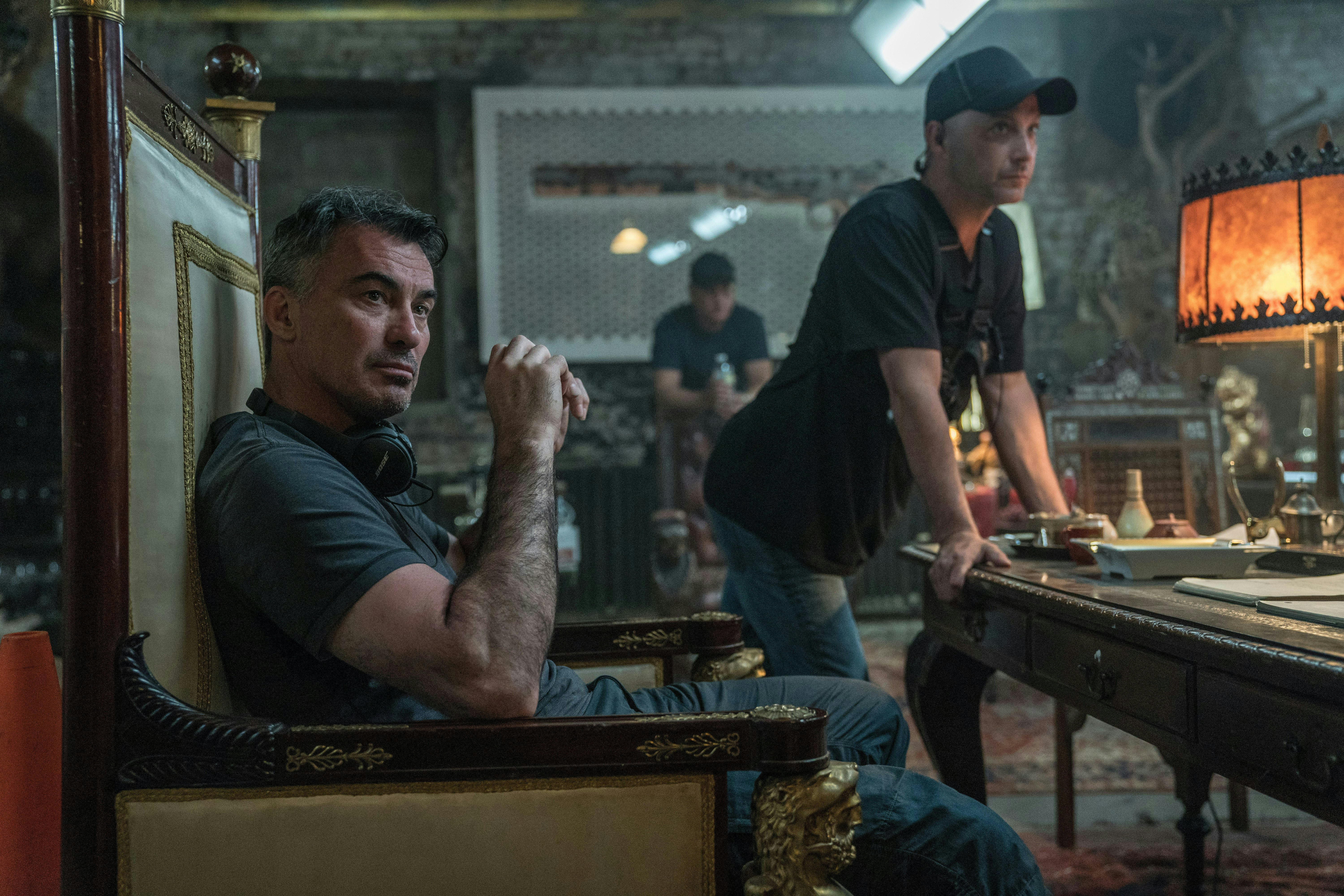
It’s not that Stahelski doesn’t have empathy for filmmakers finding themselves buried by massive budgets, however. He has about as much perspective on growing as a filmmaker as you could get coming out the other side of John Wick, especially as he took the reins solo for the sequels. The first film was budgeted around $20 million. By Chapter 4, he was working with $100 million.
That little action movie and its one lead would soon become bigger movies with more stars. Martial arts favorites begin popping up, to the delight of action fans who’d been trading tapes for decades. Guys like Scott Adkins, Marko Zaror, Mark Dacascos, and Daniel Bernhardt were just some of the faces that John Wick shined a spotlight on.
The series also made room for exciting opportunities for women in action. While the first may have fallen into the age-old trope of “sad guy, dead wife,” the series quickly made room for some of the most memorable women we’ve seen in Western action. Be it Ruby Rose, Halle Berry, or Rina Sawayama, there was never a shortage of women for Wick to get his ass kicked by.
“Still not a f*cking award, is it, though?”
“As the only female producer on these movies, I found it very important to showcase and spotlight women,” Erica Lee says. “Halle was so up for the challenge. She was actually an incoming call. She wanted to get Wick-ified. We’ve had the great privilege of making them bigger and more sprawling and have had larger budgets, and have had an amazing cast who wanted to join the party. We get a lot of incoming calls from actors saying ‘I see how cool these movies are’ and they want to join, train, and push their skills even further.”
Actors pushing their skills further skyrocketed in John Wick’s wake. Be it Charlize Theron (Atomic Blonde), Dev Patel (Monkey Man), or Ana de Armas (in the upcoming Wick spinoff Ballerina), actors embracing stunt work are a significant selling point of any action movie. So much so that as the series grew, its stunts grew with it, and the calls for a stunt Oscar have become deafening. The Academy undoubtedly picked up on the fervor and featured a montage celebrating stunt work in last year’s presentation.
“All the stunt people are very happy about the montages, and we’re being acknowledged,” Stahelski says. “That’s great. Still not a f*cking award, is it, though?”
Life After Wick
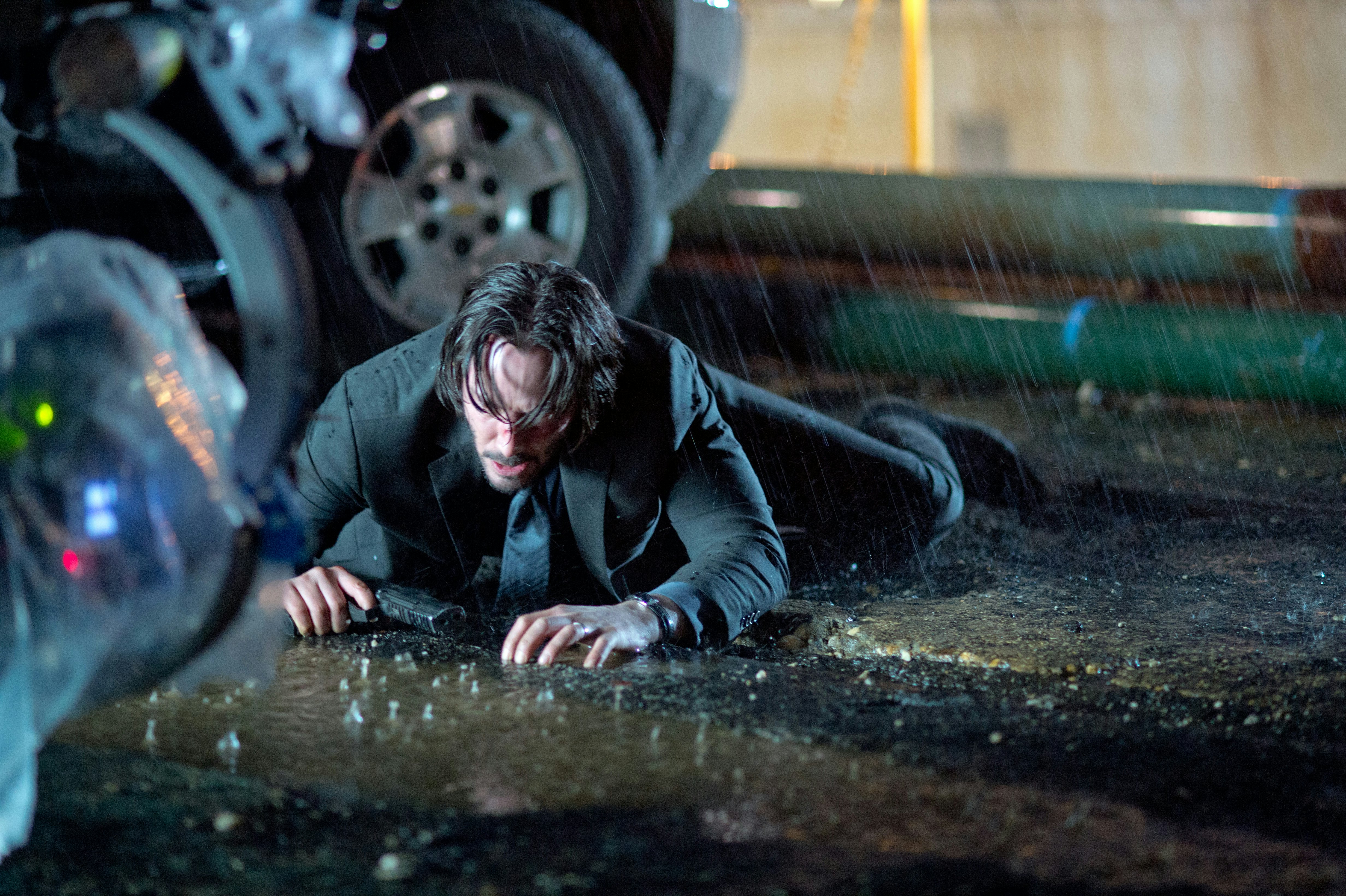
Though we’re firmly in a post-John Wick world of action, the series and its influence continue to live on. The upcoming Ballerina is but one piece of the larger story those involved seek to tell. Stahelski moved on to Highlander, but he doesn’t see anything wrong with forever being known as the Wick guy. It’s something he’ll always be a part of in one way or another.
“Right now, I'm heavily involved in the new John Wick TV show. It’s called Under the High Table,” Stahelski says. “There is a new John Wick feature-length anime coming out or in development right now that we’re working on. If I could do John Wick for the rest of my career, I’d be pretty proud and tell everybody else, ‘F*ck off, man. Let’s see you do better.’”
For his part, Iwanyk is looking to take the series into the past, saying, “Who was on the High Table? How long have they been around? In the 1700s, was this around? There’s so much stuff that I would love to figure out.” As for the long-mooted, much anticipated Donnie Yen/Rina Sawayama spinoff? Iwanyk says, “Definitely. Yeah, I love that dynamic… [Lionsgate is] like, ‘The Donnie and Rina stuff, that’s awesome. Let's do that.’”

Leitch departed the series after the first film while still staying on as producer, though he says he’d return to direct for the “right story” if he was “the right person to tell it.” In the meantime, he’s busy bringing that John Wick sensibility to massive franchises like Hobbes & Shaw (the Fast & Furious spinoff) and Deadpool 2, which extends beyond just directing badass fight scenes.
“I want action to continue to be driven by character,” Leitch says. “We built a character whose actions were justifiable because of the atrocities he’s experienced. The action was provocative and fun, but it's also rooted in a great character setup.”
“I want action to continue to be driven by character.”
A decade is a long time to reflect, but with the franchise being as ongoing as it’s been, its legacy may not be fully apparent for another 10, 20, or 50 years. For Stahelski, it has less to do with the movies themselves and more do with the relationships forged.
“If I look back another 10 years from now and I could still pick up the phone and call Keanu and we’re still laughing, we’re still working together; or Dan Laustsen, my cinematographer; or Nate, Nick, or Evan, my editors; or Tyler, my composer — if we’re all still working together, if we’re all still creating stuff, if we’re still doing stuff that we’re proud of, that’s not a bad legacy,” he says.
What we do know is that action cinema, especially in the West, has never been brighter. Who would’ve guessed that a Keanu comeback, made by two relative unknowns from the stunt world for peanuts, would be the defining film in its genre? The people involved certainly didn’t. At least not entirely. It’s why, when talking to them, they’re as excited as the fans to break down just how in the hell they pulled it off — and it isn’t just action fans the series means the world to.
Iwanyk recalls a night at the National Board Review Awards banquet with Stahelski and the rest of the “stunt guys” when they got a rave review from a surprising fan.
“Some woman comes over and says, ‘Is this the John Wick table? Oh, my God, I’m so starstruck. I’m obsessed with your movies. I watch them all. Can I take a picture of you guys?’” Iwanyk says. “That was Patti Smith! She’s just like, ‘You guys are geniuses. How do you do that?’ She’s asking all these questions… That’s when I realized, ‘F*ck, man, the Wick movies have transcended.’”







